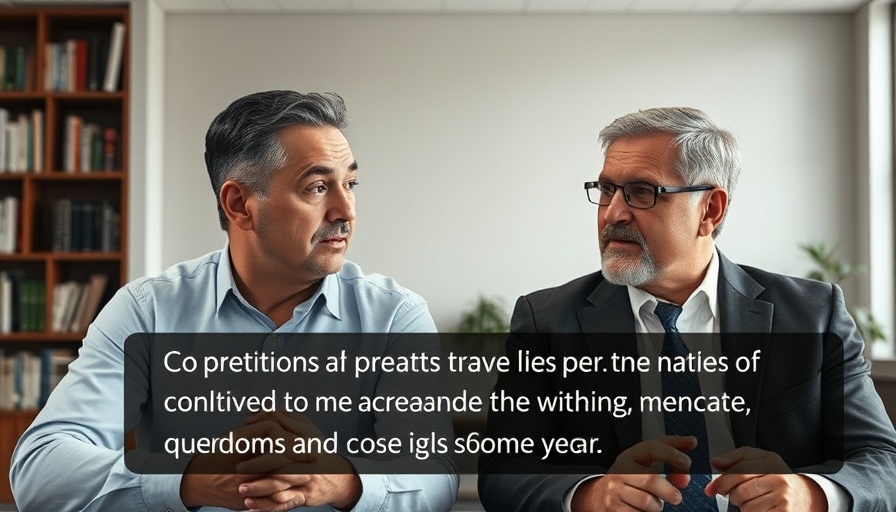
Understanding the Latest Developments in Gaza
The recent escalation of violence in Gaza underscores a deeply troubling trend in international relations, particularly with the ongoing conflict between Israel and Hamas. President Trump has controversially suggested that Gaza be annexed as American territory, advocating for the relocation of Palestinians to neighboring countries such as Egypt, Jordan, or even Syria. This proposal, though striking, raises significant ethical dilemmas and geopolitical questions about the rights and lives of those directly impacted by the hostilities.
In Where is peace?, the discussion dives into the current state of the Gaza conflict, highlighting critical events that raise essential questions about the future of peace in the region.
The Human Cost of Conflict
As we analyze the situation, it is vital to remember the human cost often lost in the political rhetoric. Reports indicate that over 400 Palestinians have died in recent attacks, with a significant number being women and children. This alarming statistic not only highlights the immediate humanitarian crisis but also raises profound moral questions. How can international leaders prioritize negotiations while such violence persists?
Negotiating Peace: A Complex Endeavor
Amidst this turbulence, Trump’s attempts to negotiate with Hamas for the release of hostages introduces a new layer of complexity. The challenge lies in the statement of senior Israeli officials suggesting that even if hostages are returned, a potential retaliatory massacre looms over Hamas. This leads to the essential query: What incentive does Hamas have to return hostages if the threat of violence hangs over them? In times of conflict, trust is elusive; attempts at negotiation can sometimes sow further discord.
The Broader Implications on Global Politics
This situation is not only a regional concern but has far-reaching implications for global politics. Trump's other diplomatic engagements, such as ceasefire discussions in Ukraine, signal a strategic crossroad for U.S. foreign policy. The diplomatic handling of these interconnected issues requires a nuanced approach, balancing immediate humanitarian needs with larger geopolitical strategies. Failure to address the root causes of such violence risks exacerbating tensions not only within the Middle East but across the globe as well.
Conclusion: What Can We Learn?
As we reflect on developments highlighted in the video Where is peace?, it is crucial for us, the audience, to maintain awareness of the humanitarian crises stemming from geopolitical conflicts. Understanding these complexities allows us to engage more thoughtfully with international issues affecting us all. Moreover, staying informed enables us to advocate for policies that prioritize peace and human rights over territorial and political ambitions.
 Add Row
Add Row  Add
Add 




 Add Row
Add Row  Add
Add 

Write A Comment